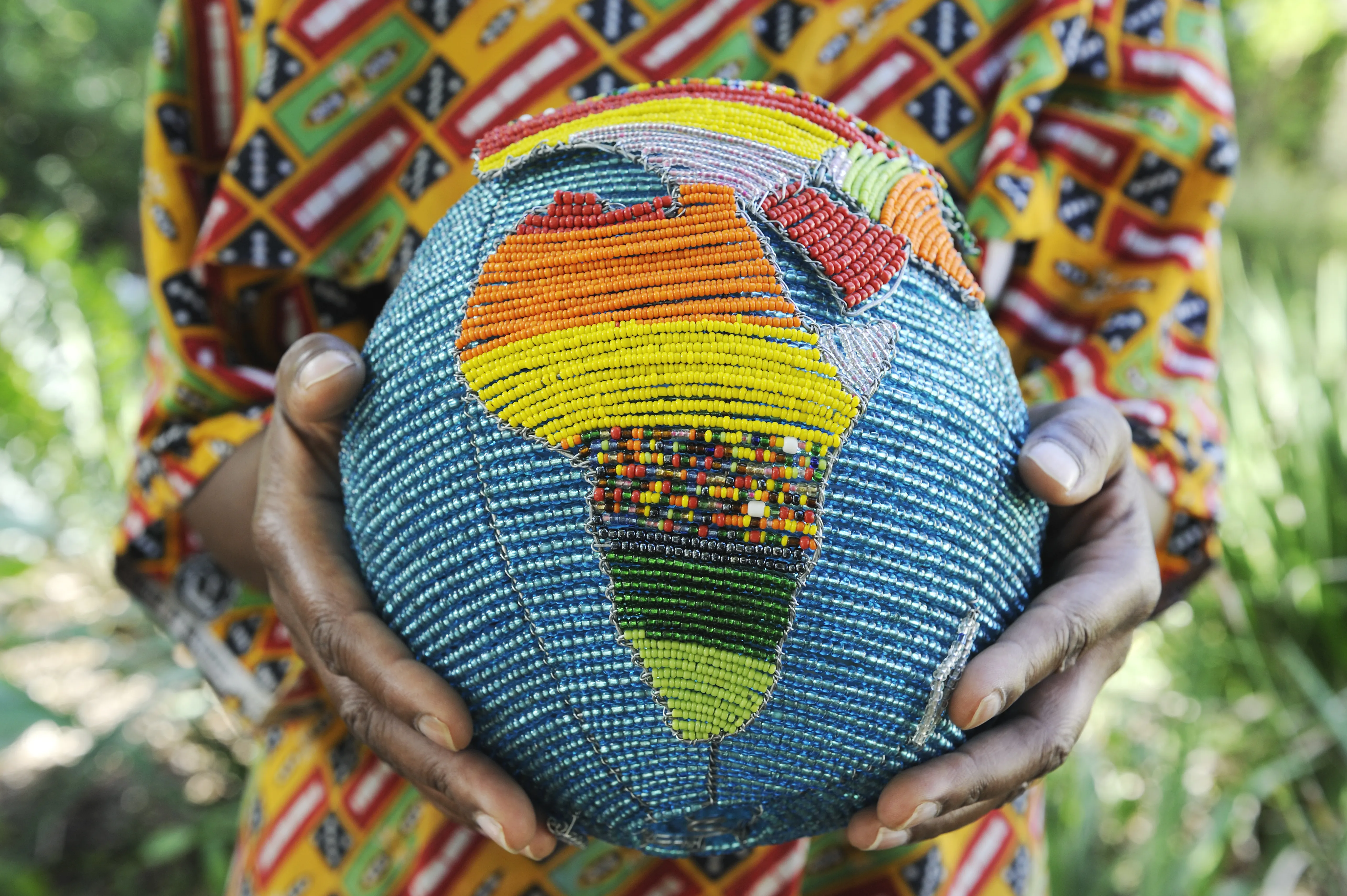
This piece is part of the series, India@75: Aspirations, Ambitions, and Approaches
Scholars of international relations attempt to craft future scenarios in global affairs; for instance, making projections about which countries and regions might gain dominance in the medium and long term. Now that the world appears to have come full circle, and some parts of the developing world are catching up with higher-income countries, analysts are looking to Asia and Africa as the regions on which future global growth will be hinged. The idea behind the so-called “Afro-Asian Century” is that Africa’s economic performance in the recent years, coupled with Asia’s success in making its mark on the world, will be amongst the most significant political and economic changes in the 21
st century.
Only select countries in Africa will be able to maintain moderate to high levels of economic growth for at least one generation, which is key to becoming a significant player in the global economy in addition to achieving mass prosperity.
Indeed, there is a great opportunity for economic growth for certain countries in the African continent. Together with the force of large economies in Asia, the two regions combined will hold considerable economic clout. At the same time, however, the population growth rate in most South Asian and African countries are well above replacement levels, while in Europe, it will stagnate and possibly decline in many countries with higher incomes. This is where India and Kenya enter the frame.
Two Sources of Uncertainty
While the promise of the “Afro-Asian century” is real, it will be tempered by two factors. The first is
economic growth. Only select countries in Africa will be able to maintain moderate to high levels of economic growth for at least one generation, which is key to becoming a significant player in the global economy in addition to achieving mass prosperity. A substantial number, however, may not. If this happens, the outcome will not be an “Afro-Asian century” for the countries that do not have sufficient economic or political weight. This risk is very real.
It has increasingly clear that the effects of the COVID-19 pandemic will be widespread and will disrupt growth in many African countries for at least two years. In its assessment, the International Monetary Fund (IMF) considers the year 2020 to be distinguished for the fact that countries in Sub-Saharan Africa (SSA) experienced economic contraction for the first time in 30 years. In addition to the challenge of sustaining growth rates and shrinking poverty is that of ensuring quick recovery from the enduring effects of lower growth rates. The poorest citizens of many countries in SSA will experience a regression in the gains from poverty reduction, and the welfare of many more will be adversely affected in the long run. The combined effect of this is that many countries will suffer structural damage to the economy, which will be difficult to reverse.
The poorest citizens of many countries in SSA will experience a regression in the gains from poverty reduction, and the welfare of many more will be adversely affected in the long run.
The second factor is
population growth. The challenge comes from a complicated but convenient claim that African population growth rates will carry forward for at least a generation and, thereby, lead to a convergence in population sizes between Africa and Asia. This assumption involves an extrapolation of the comparatively high fertility rates in some countries within Africa. These analyses posit that since most SSA countries will be far more populous in the coming years, by extension, African populations and workers will dominate world numbers. However, this argument is flawed. While many SSA countries have yet to undergo a demographic transition, the rising literacy rates and modest but real economic growth render the fear of an “overbreeding” continent unfounded. Fertility rates in Africa are likely to fall more sharply going forward, much faster than the straight-line extrapolations suggest.
Meanwhile, the large sizes of Asia’s major economies ensure that the region will have an expanded role in the 21
st century. The drivers will include the economic size of Japan, its challenges notwithstanding; and the economic and demographic sizes of India and China. Thus, Africa is faced with the challenge of making itself count in the 21
st century. In all likelihood, it will be a mixed picture, with a few superstars; many middle-level countries; and a small number of countries trapped in conflict, poor governance and an inability to initiate and maintain necessary economic reform.
Fertility rates in Africa are likely to fall more sharply going forward, much faster than the straight-line extrapolations suggest.
Kenya and India
Kenya and India have longstanding ties through the monsoon trade across the India Ocean. This relationship precedes the former’s colonisation by several centuries. Further, the construction of the railway across the Kenyan territory creates a more visible cultural presence of South Asians in the country. Linked to this is the fact that the British construction of the railway used South Asian labour, and after they became independent, Kenya and India acquired memberships into the British Commonwealth. Thus, the opportunities for diplomatic leverage and the inheritance of a common bureaucratic ethos provide a solid historical platform for the two nations to work together in the new century.
By virtue of its massive population and growing economy, it is evident that India will be a major geopolitical player in the 21
st century. What must be keenly examined is whether its economic structure will change substantially to make it a significant competitor against China, a country that has a huge export and infrastructure footprint in Kenya as well as the rest of the African continent. According to the Observatory of Economic Complexity,
Kenya and
India are ranked 103 and 16 of 222 countries, respectively, in terms of export earnings in 2018. This alone demonstrates that India’s place in global trade participation, measured in export value, is impressive, while Kenya is constrained by the size of its economy and incomplete reform.
The opportunities for diplomatic leverage and the inheritance of a common bureaucratic ethos provide a solid historical platform for the two nations to work together in the new century.
Kenya has ambitions to serve as a bellwether of growth in the East African Region and in the southwest of the Indian Ocean Region (IOR). There is a clear convergence of interests and opportunity for developing maritime commerce by ensuring the safety of trade routes, the readiness of ports, and a commitment to rules-based international commerce. Through the Lamu Port, Ethiopia, South Sudan Transport Corridor (LAPPSET) project, Kenya leads Ethiopia and South Sudan in building the largest infrastructure project in the Eastern African seaboard, linking a port, highways, railway line, pipeline, new cities and airports. These countries estimate correctly that the significance of the Indian Ocean as an avenue for global commerce will rise in the future, and this location will become invaluable. Further, East African nations should welcome India’s commitment to preventing any nation from establishing hegemonic control over the IOR.
Finally, there are commercial links for airlines based in East Africa and the Middle Eastern region that link cities in Kenya and India. At the same time, Kenya is enthusiastic about inter-African trade at regional and continental levels with the East African Community and the African Continental Free Trade Area. Already, China has shown interest in the African Union, which is leading the quest for continental convergence. Perhaps, it is time for India to show similar interest.
The views expressed above belong to the author(s). ORF research and analyses now available on Telegram! Click here to access our curated content — blogs, longforms and interviews.




 PREV
PREV


